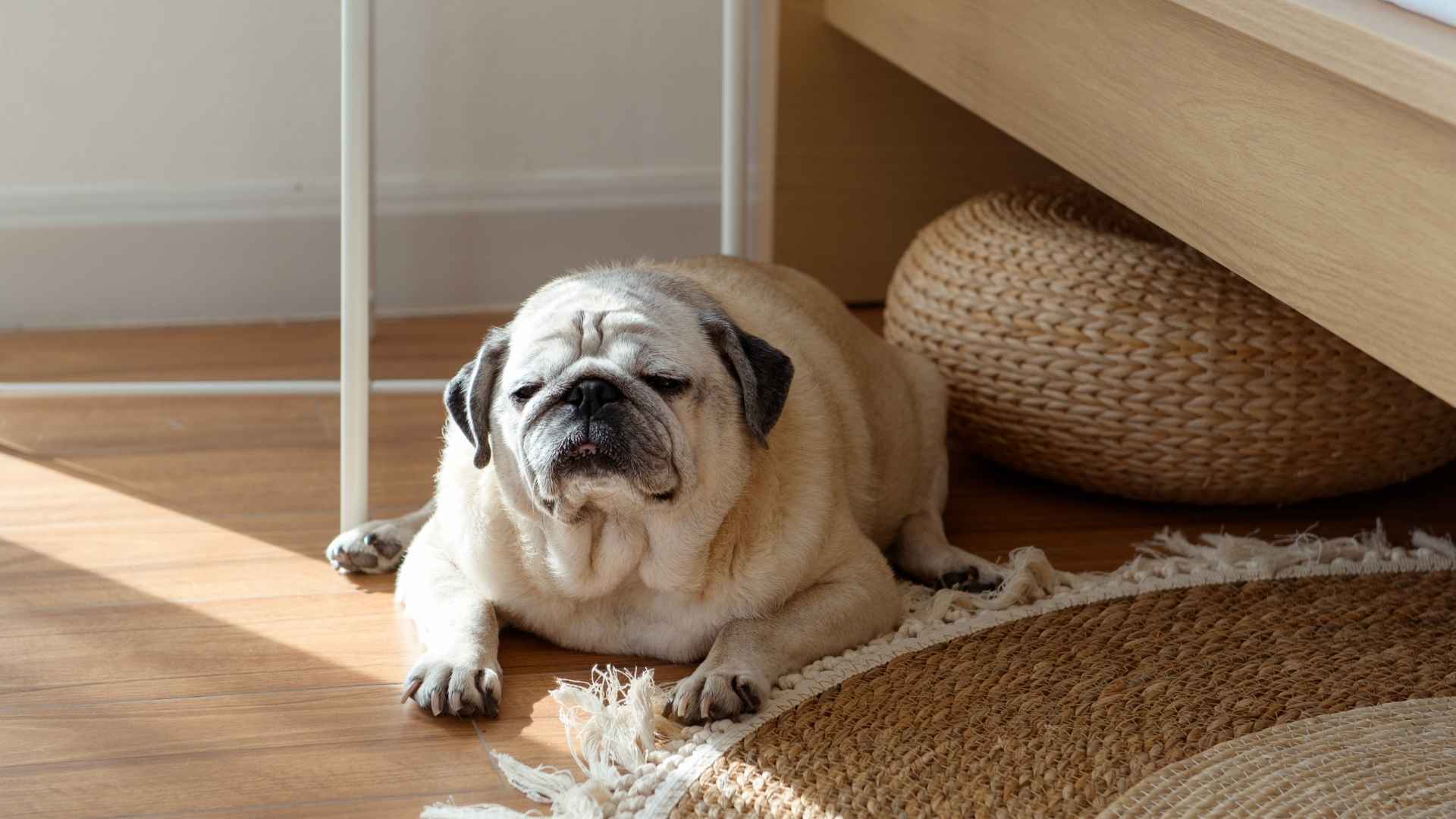Some dogs are totally chill when you leave the house or take them to the vet. Others? They’ll hesitate for exactly zero seconds before making their feelings very clear—with dramatic sighs, exaggerated whines, or full-on sit-ins that can only be described as Oscar-worthy.
These expressive pups know how to grab attention, and while their antics may cause some frustration for their owners, they also bring a lot of laughter and entertaining moments to our lives.
Whether it’s the way they express their boredom, their enthusiasm for a walk, or their sheer refusal to behave during bath time, these dogs act more like humans than you’d expect.
Their flair for making a scene can feel like a constant performance—and somehow, we’re always the audience. It’s one of the things that makes life with dogs so chaotic, lovable, and never boring.
In this article, we’ll explore nine of the most dramatically inclined dog breeds that simply can’t help but make everything a little extra.
Dramatic Dog Breeds That Love Making A Scene
1. Chihuahua
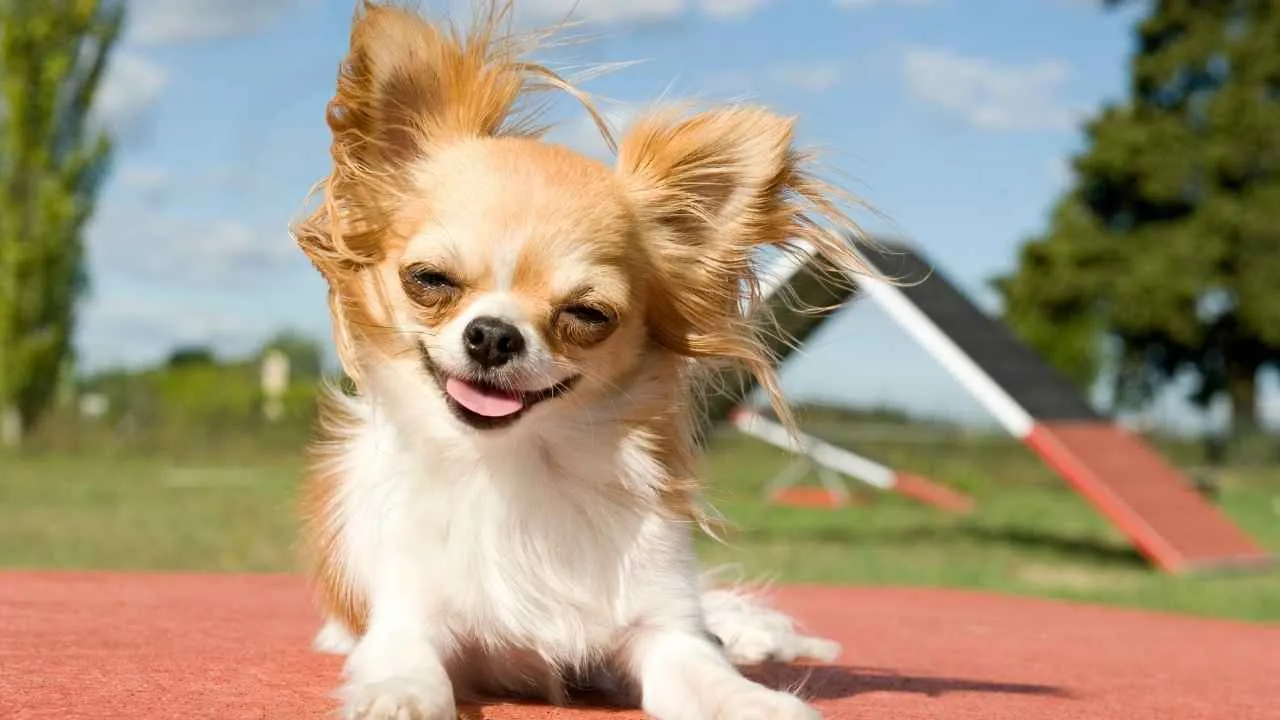
Small in size, but massive in personality, the Chihuahua is one of the most recognizable and charismatic dog breeds in the world. Originally from Mexico, this ancient dog is known for its compact body, large luminous eyes, and signature “apple” head.
Despite weighing no more than six pounds, Chihuahuas carry themselves with the confidence and attitude of a dog ten times their size.
But don’t let the cuteness fool you—this tiny pup is a full-on drama artist. Chihuahuas hesitate at nothing when it comes to expressing their emotions.
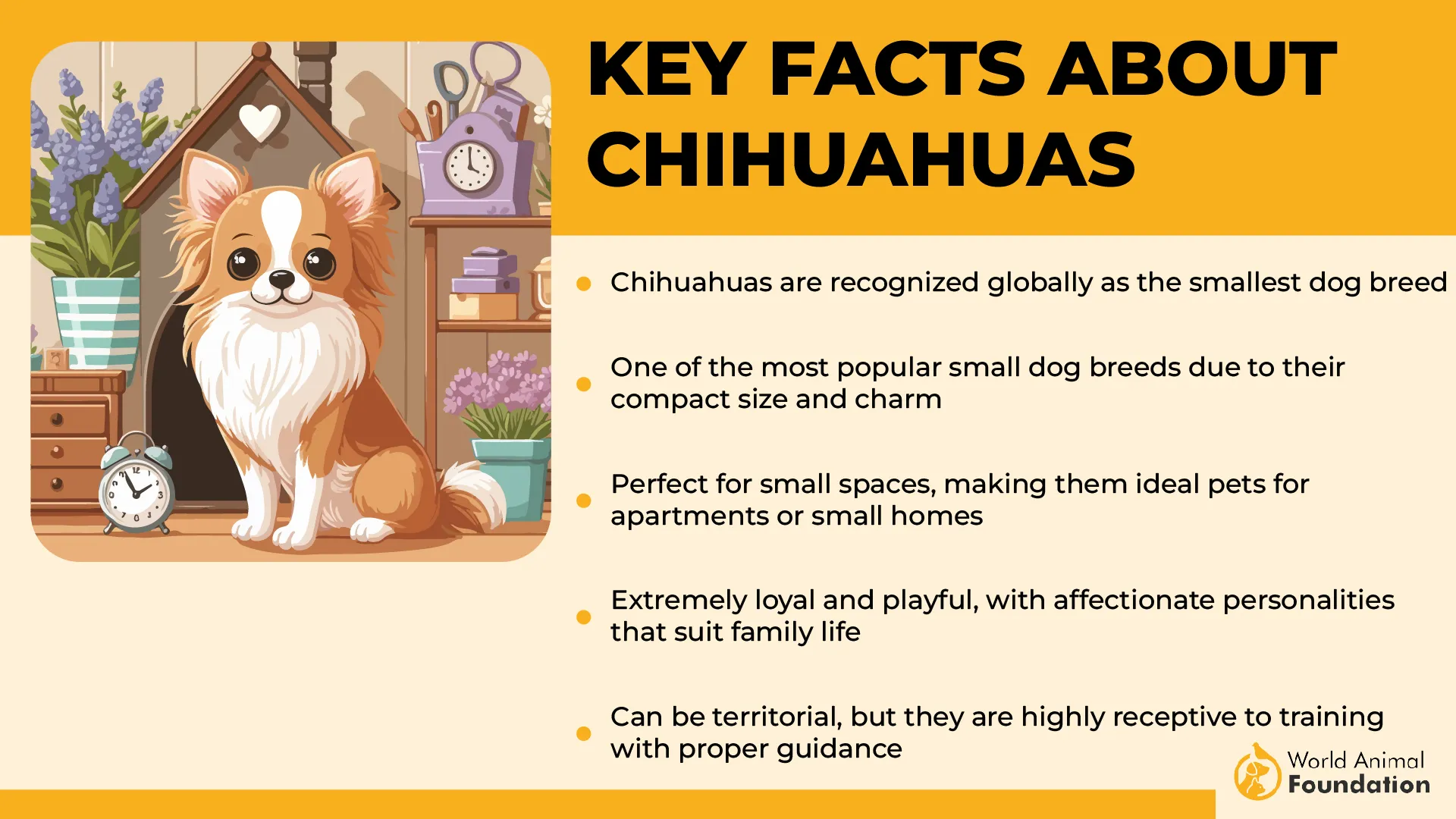
They bark, pout, growl, and even sulk when they feel left out or ignored. Their loyalty to their owners runs deep, often attaching themselves to one person and expecting undivided attention at all times.
Drama Snapshot
Typical Scene: Refuses to move unless carried, then growls when put down.
Owner Tip: Respect their need for attention, but gently set limits to avoid spoiled behavior.
2. Siberian Husky

The Siberian Husky is a working dog with stunning wolf-like looks and an independent spirit that was originally bred by the Chukchi people of Siberia for pulling sleds over long distances, as per Britannica.
These medium-sized dogs are known for their endurance, intelligence, and striking blue or multi-colored eyes. Despite their strength and stamina, Huskies are also famous for something else—their flair for the dramatic.
Huskies are notorious for their vocal performances. They don’t just bark—they howl, talk, whine, and grumble in ways that sound eerily human. Whether it’s getting their nails trimmed, being told “no,” or just feeling bored, they’ll express their frustration with theatrical sound effects that could rival a soap opera.
They hesitate to follow commands if they don’t see the point—this isn’t stubbornness, it’s just their independent nature. Huskies are smart, but they behave like comedians who enjoy pushing boundaries for laughs (and attention). They’ll open doors, escape yards, or steal snacks just for the thrill of it.
Drama Snapshot
Typical Scene: Screams like a siren at bath time… and probably records a sequel during nail trimming.
Owner Tip: Give them plenty of exercise and mental stimulation to avoid frustration-based drama.
3. Pug
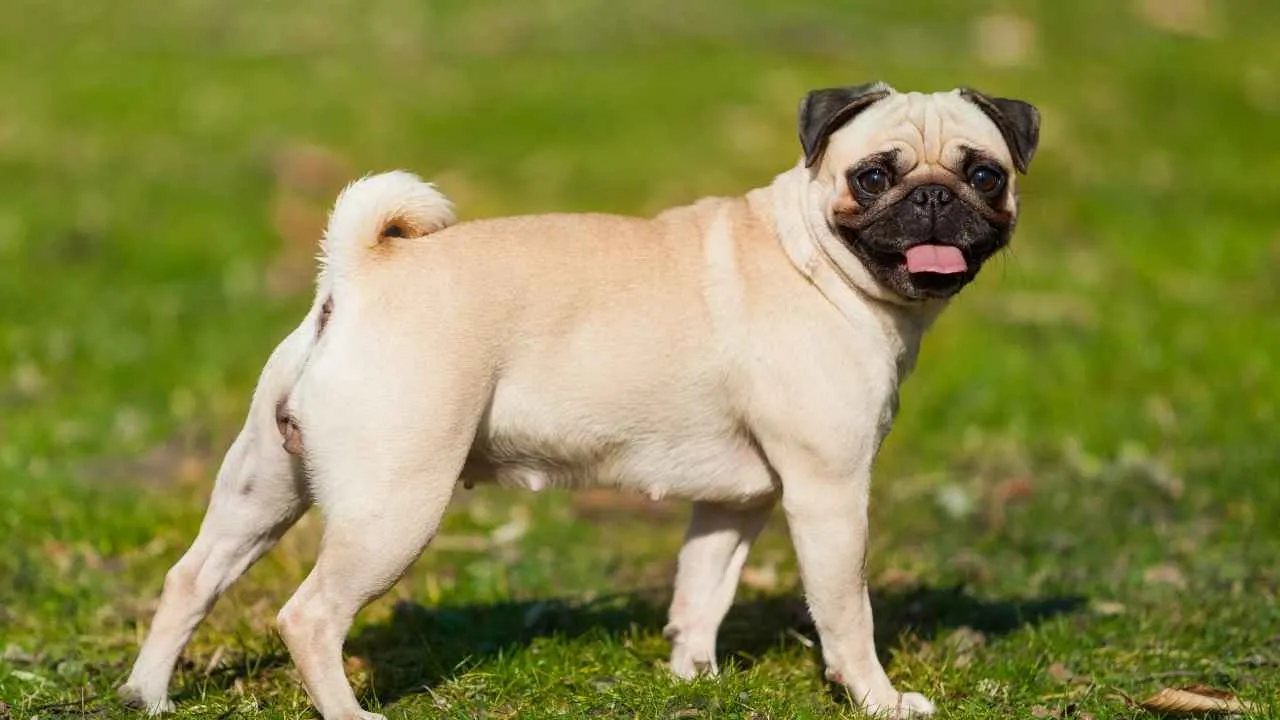
With roots tracing back to ancient China, the Pug was bred to be a royal companion, and they’ve never quite gotten over it. These small, sturdy dogs come with a big personality, a strong need for attention, and a flair for making everyday moments feel like a full-blown performance. Their wrinkly faces, bulging eyes, and curly tails are as expressive as they are iconic.
Pugs are experts in body language. From exaggerated sighs to sneaky side-eyes, they express their feelings loud and clear—often without a single bark. But when they do get vocal, expect a chorus of snorts, grunts, and even sneeze-like protests, especially when they’re left out of the action.
These dogs hesitate to accept being ignored. They thrive on affection and want to be involved in everything their owners are doing. Exclude them, and they’ll sit dramatically in the middle of the room with a look that says, “How dare you?”
Drama Snapshot
Typical Scene: Dramatically huffs and sulks when you leave the room without them.
Owner Tip: Shower them with love and include them in daily life—they crave connection.
4. Dachshund
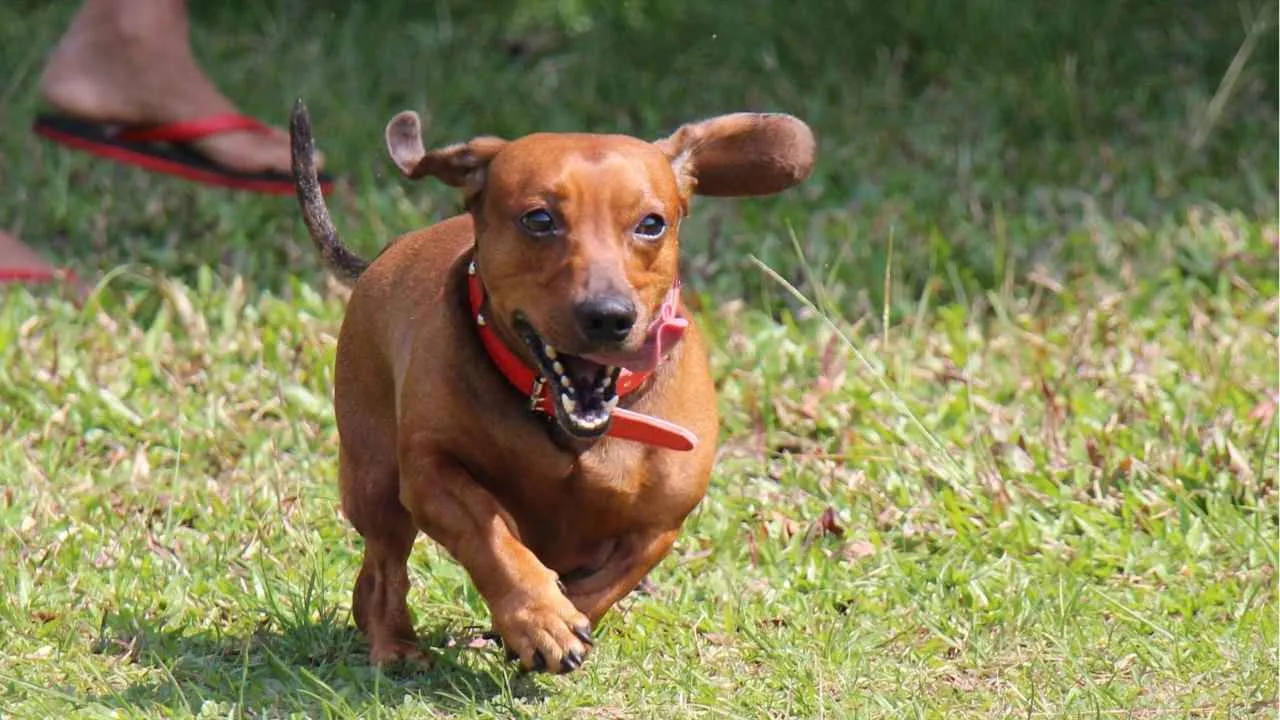
Known affectionately as the “wiener dog,” the Dachshund may be low to the ground, but their confidence, sass, and enthusiasm reach sky-high levels. Originally bred in Germany to hunt badgers, this little hound is brave, bold, and always ready to make their voice heard—especially when they don’t get their way.
Despite their size, Dachshunds are independent thinkers and don’t hesitate to express their opinions. Whether it’s refusing to go outside in the rain or throwing a fit when dinner is five minutes late, they know how to put on a show. Their signature stubborn streak means they’ll often behave as if your rules are mere suggestions.
They also tend to form strong bonds with their owners and can be quite possessive, demanding full attention and affection. Leave them alone for too long, and they might make their frustration known with barks, howls, or even some destructive protest.
Drama Snapshot
Typical Scene: Stages a protest if asked to go out in the rain—bonus drama if it’s windy.
Owner Tip: Be patient but firm. Turn training into a game to outsmart their stubborn streak.
5. Beagle
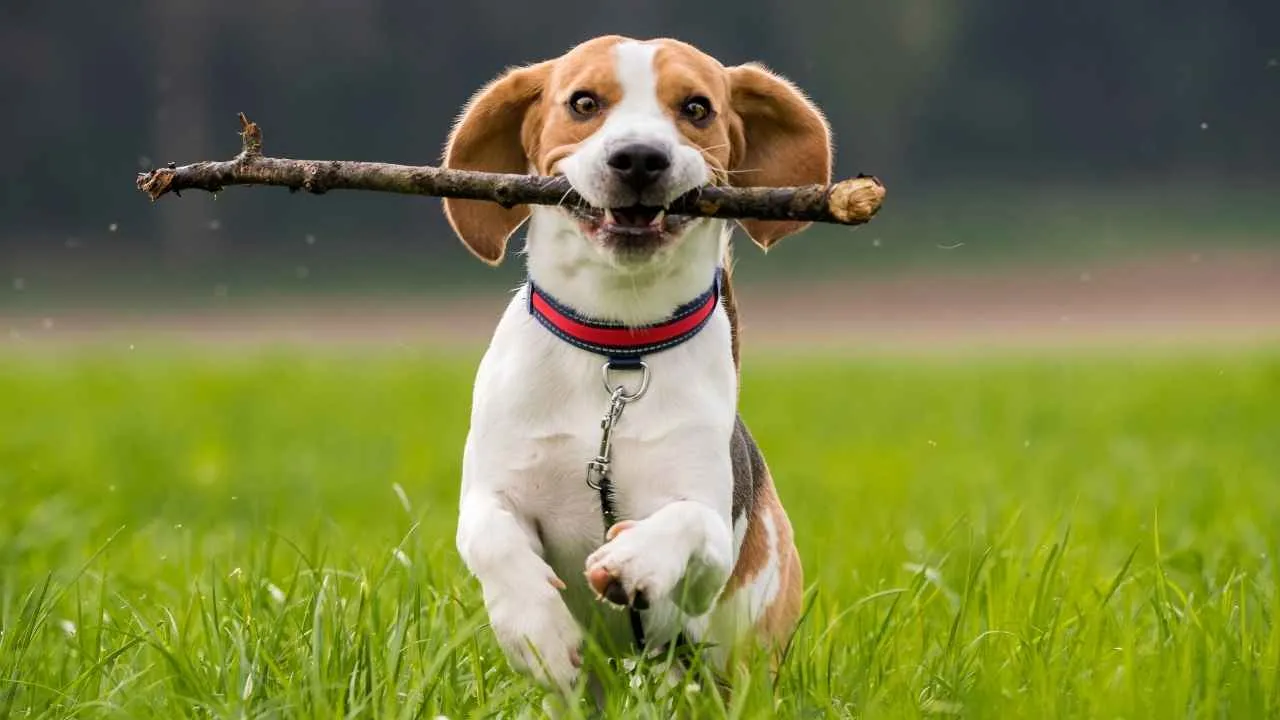
The Beagle is a compact scent hound with a big nose, a bigger voice, and an even bigger personality. Originally bred for pack hunting, they’ve brought that same energy into the home, along with their famous, melodious howls. Whether tracking a scent or asking for dinner, Beagles make sure they’re allowed to express themselves loud and clear.
Their signature baying isn’t just noise—it’s instinct. Beagles vocalize to express excitement, frustration, boredom, or sheer curiosity. Miss a walk or hide their favorite toy, and you’ll likely be treated to a dramatic performance that echoes through the house. For many owners, learning how to manage this behavior is essential to maintaining peace.
Positive training and enrichment can improve their behavior, but their dramatic nature will always shine through in some way.
Drama Snapshot
Typical Scene: Misses one walk and performs a full-length opera.
Owner Tip: Consistency and activity are essential to reduce noise-driven drama.
6. Pomeranian
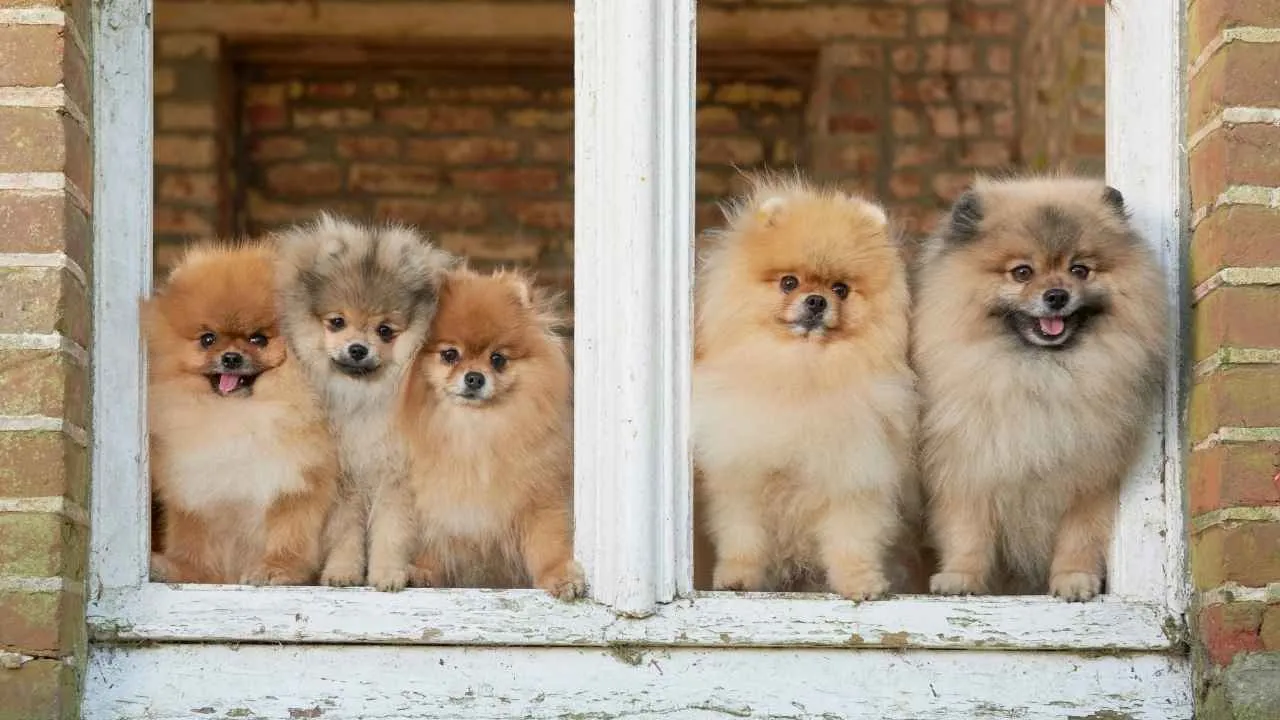
The Pomeranian may look like a living puffball, but underneath that fluffy coat lies a bold, spirited dog with a voice that refuses to be ignored. Descended from large Arctic sled dogs, this tiny toy breed has retained a surprising amount of attitude and self-importance—and they’re more than happy to express it.
Don’t be fooled by their size—Poms have big opinions. They hesitate to stay quiet when something’s not to their liking. Whether it’s the doorbell, a passing car, or simply not being allowed on your lap, these dogs make their feelings known with sharp barks and intense eye contact.
Their expressive nature doesn’t stop at vocalizations. Poms strut, pout, and pose like they’re on a runway, often reacting to daily events with the kind of enthusiasm and drama usually reserved for reality TV. They thrive on attention and often perform to get it, knowing full well that their charm earns rewards.
Drama Snapshot
Typical Scene: Demands to be carried everywhere, then barks when you stop walking.
Owner Tip: Reinforce calm behavior, but expect a bit of sass—it’s in their DNA.
7. Poodle
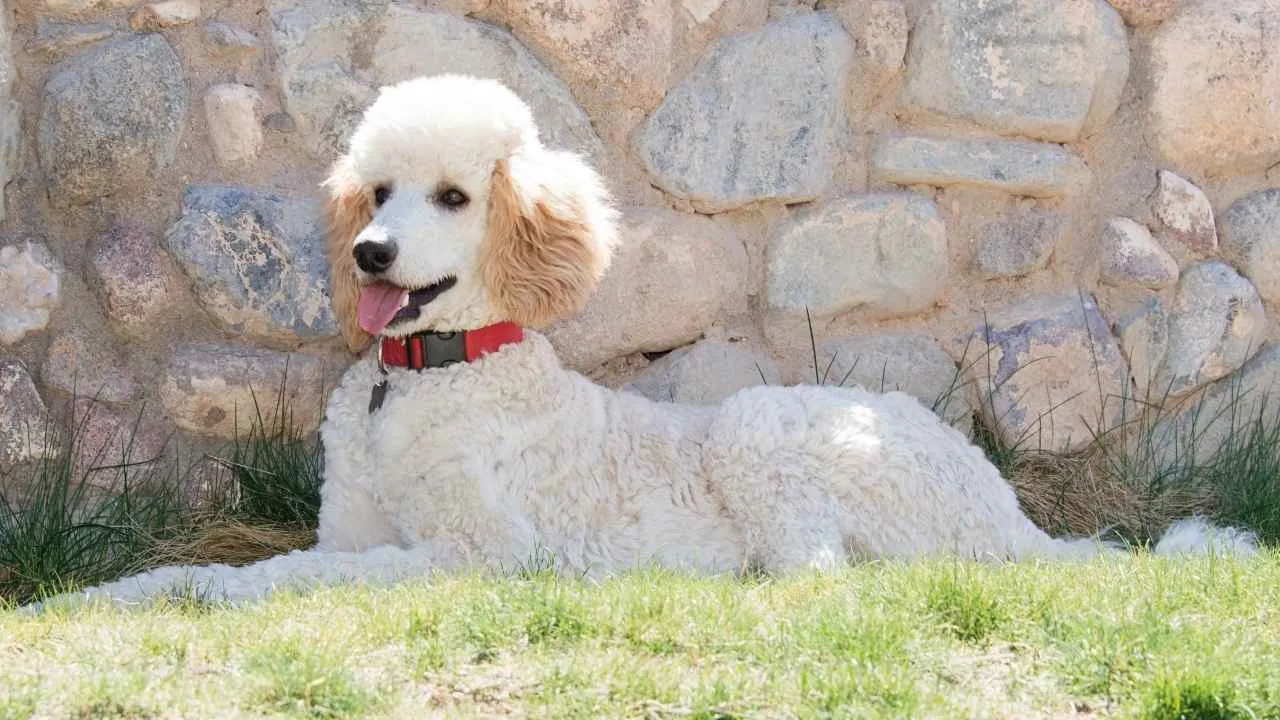
Elegant, athletic, and famously intelligent, the Poodle is far more than just a fancy haircut. Available in three sizes—Standard, Miniature, and Toy—these dogs are known for their refined looks, curly coats, and sharp minds. In fact, Poodles rank as one of the smartest dog breeds, according to PetMD. But with all that brilliance comes a bit of drama.
Highly attuned to their surroundings and their owners’ emotions, Poodles are quick to express their feelings. Their sensitivity means they respond beautifully to training—but they’ll also hesitate to engage if bored, confused, or ignored. Expect sulking, side-eyes, or dramatic sighs when things don’t go as they expect.
Poodles don’t always make noise to show their frustration. Instead, they use body language—pacing, stalling, or silently withdrawing—to express discontent. Sudden changes in routine or lack of mental stimulation can lead to moody behavior and emotional displays that feel surprisingly human.
Drama Snapshot
Typical Scene: Refuses to finish a trick mid-session… and glares like it was your mistake.
Owner Tip: Keep routines fun and stimulating—smart dogs get bored fast.
8. Basset Hound
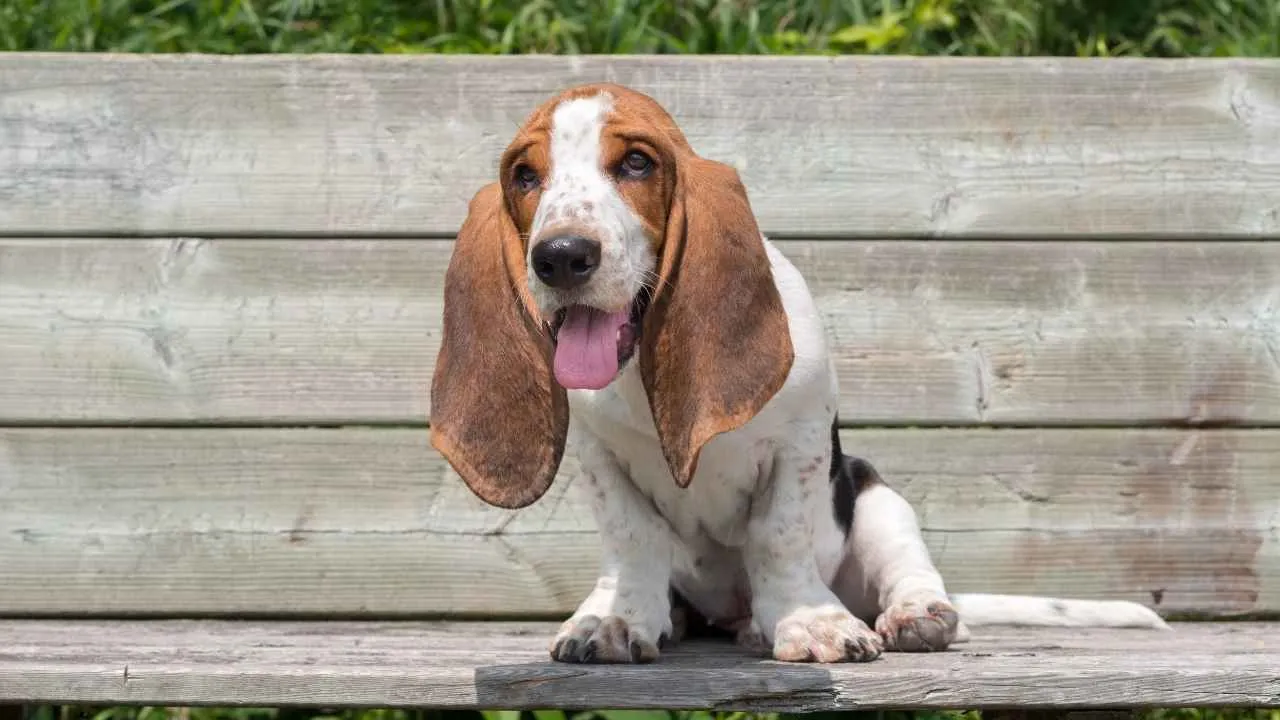
With their floppy ears, soulful eyes, and slow, shuffling walk, the Basset Hound might look laid-back, but don’t be fooled. Beneath the lazy exterior lies a drama-prone hound with a loud voice and an even louder opinion.
AKC mentions that Bassets have the second-best sense of smell in the dog world—after the Bloodhound—and they know how to express themselves when their instincts are interrupted.
Bassets are known for their deep, booming howls, often triggered by boredom, delay, or being left alone. Their frustration over missing a walk, a snack, or an interesting scent trail can quickly turn into a drawn-out, theatrical vocal performance. And thanks to their mournful expressions, even a small protest looks like a full-blown tragedy.
They may hesitate to follow commands if there isn’t a scent involved, and their stubborn streak often shows up in the form of slow-motion rebellion—ignoring cues, refusing to move, or flopping dramatically to the floor. For owners, it’s part comedy, part test of patience.
Drama Snapshot
Typical Scene: Refuses to walk home from the park—collapses with the grace of a soap opera star.
Owner Tip: Use scent-based games and consistency to avoid stubborn protests.
9. French Bulldog
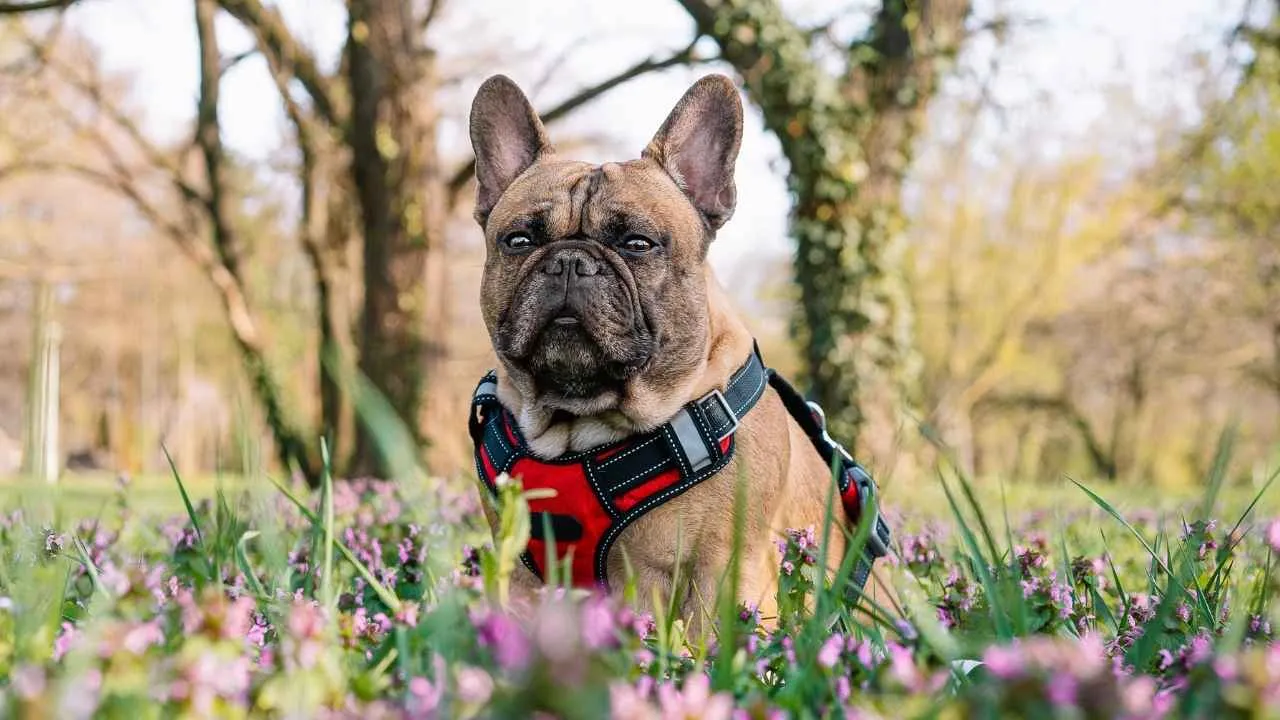
The French Bulldog, or “Frenchie,” is a small dog with an outsized personality—and a serious talent for making everything a little dramatic. With their signature bat ears and squishy, expressive faces, these dogs know exactly how to express themselves, without ever raising their voice.
Frenchies are deeply people-oriented dogs and strongly dislike being left alone, even for short periods. When ignored, they may turn their back, sulk, or dramatically collapse on the floor like a tiny, furry protester.
And when asked to do something they don’t feel like doing, like walking in the rain or getting off the couch? Prepare for passive resistance in the form of total stillness.
According to breed-specific research, their stubborn but affectionate nature makes them both hilarious and slightly high-maintenance. They crave human attention and content-filled environments where they feel involved. Without this, they may continue to act out in subtle, theatrical ways that catch even experienced owners off guard.
Drama Snapshot
Typical Scene: Lies down mid-walk, refuses to move, and acts personally offended when picked up.
Owner Tip: Use consistency and gentle motivation—they’ll rarely respond to pressure.
Conclusion
From sighing Pugs to howling Beagles, these entertaining breeds know how to express themselves in the most theatrical ways. While their dramatic reactions can bring a bit of frustration, they also add color, personality, and humor to everyday life. With the right care, structure, and attention, even the most expressive dogs can improve their behavior while keeping their charm intact.
Whether it’s a stubborn flop mid-walk or a dramatic howl over a missed treat, these dogs remind us that emotions aren’t just for humans. Their bold personalities make them memorable companions, and living with them is never dull. Drama and all, they truly know how to make life more interesting.


